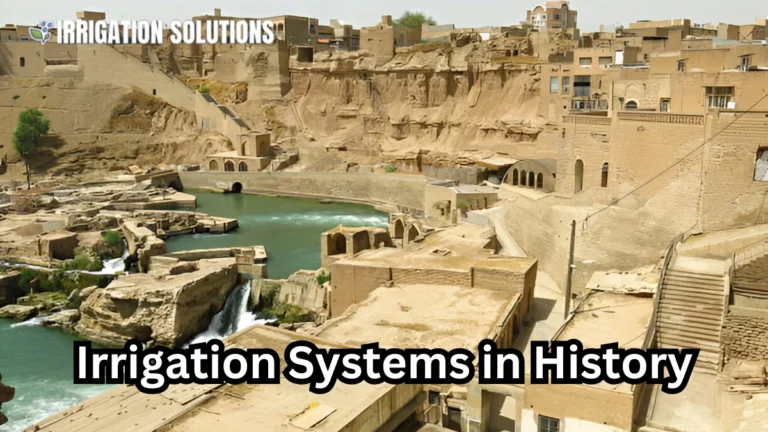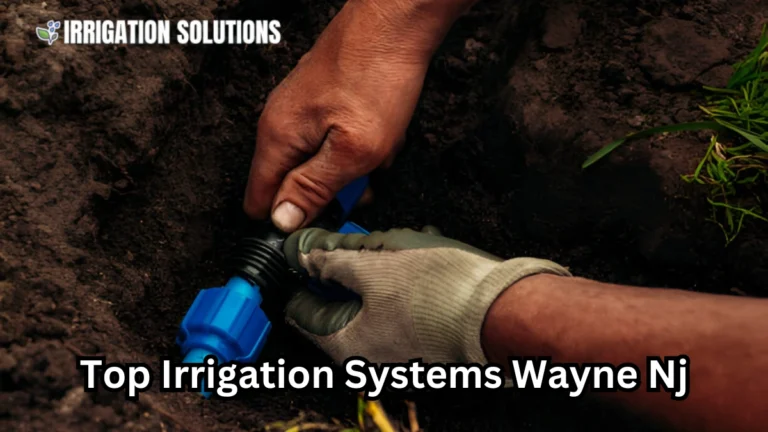best irrigation systems native americans

irrigation systems native americans were not only skilled in living harmoniously with the environment but also pioneers of innovative irrigation systems. These systems transformed arid landscapes into thriving agricultural hubs. Today, these ancient techniques inspire modern sustainable agriculture. In this blog post, we’ll explore how Native American irrigation systems worked, their cultural significance, and the lasting impact of their ingenuity.
The Importance of irrigation systems native americans Agriculture
Irrigation was the backbone of agricultural practices for many Native American tribes, especially in arid regions where water was scarce. By devising ways to store, divert, and conserve water, they cultivated crops like maize, beans, and squash commonly referred to as the “Three Sisters.”
Why Was irrigation systems native americans?
- Climate Challenges: Tribes in regions like the Southwest faced long dry spells. Reliable irrigation systems ensured crops could survive droughts.
- Crop Diversity: With proper water management, they grew a variety of crops, improving their diets and trade networks.
- Community Development: Access to food and water helped tribes build complex societies, fostering art, religion, and governance.
Notable Irrigation Systems Across Tribes
Hohokam Canals
The Hohokam people of modern day Arizona were master engineers. Between 300 and 1500 CE, they built a vast network of canals to irrigate the Sonoran Desert.
- Features of Hohokam Canals:
- Spanning over 500 miles, some canals were up to 16 feet wide.
- They diverted water from rivers like the Gila and Salt to fields miles away.
- Sophisticated sediment traps reduced silt buildup, ensuring longevity.
- Impact:
The canals supported large scale farming, enabling the Hohokam to sustain a population of over 40,000 people.
Ancestral Puebloan Irrigation
The Ancestral Puebloans (formerly known as Anasazi) of the Four Corners region used irrigation to farm in semi arid environments.
- Techniques:
- Rock Dams: These captured runoff during rains, storing water in small reservoirs.
- Check Dams: Built in arroyos, they slowed water flow, allowing it to seep into the soil.
- Terracing: Hillsides were terraced to control erosion and maximize water retention.
- Case Study:
At Mesa Verde, researchers uncovered a series of stone check dams. These small scale systems were highly effective, supporting local maize farming despite limited rainfall.
Ingenious Water Storage Methods
Many tribes designed clever ways to store water for dry seasons.
Zuni Bowl Technique
The Zuni people in New Mexico created “Zuni bowls,” a system of depressions and ditches.
- How It Worked:
- Rainwater flowed into shallow bowls, which slowed erosion and recharged groundwater.
- These bowls often connected to larger reservoirs for prolonged storage.
Puebloan Cisterns
Some Puebloan villages built underground cisterns lined with clay to store water. These cisterns minimized evaporation and contamination.
| Tribe | Storage Method | Key Feature |
| Zuni | Zuni Bowls | Controlled erosion |
| Puebloans | Clay Lined Cisterns | Reduced evaporation |
| Hopi | Natural Rock Basins | Long-term storage |
Cultural Significance of Irrigation
For Native Americans, water wasn’t just a resource it was a sacred element tied to their spiritual beliefs. Many irrigation systems were built with rituals to honor water spirits.
- Example: The Hopi performed ceremonial dances to bring rain and ensure water abundance.
- Perspective: Unlike modern agriculture, which often prioritizes efficiency, Native systems balanced practicality with respect for nature.
Lessons for Modern Agriculture
Native American irrigation techniques offer timeless lessons for sustainable farming.
Key Takeaways
- Adaptation to Local Environments:
- Rather than imposing artificial solutions, Native tribes worked with the natural landscape.
- Example: Terracing in hilly areas controlled erosion while conserving water.
- Efficient Water Use:
- Small-scale systems like check dams prevented water wastage.
- Modern drip irrigation mirrors these principles by delivering water directly to plant roots.
- Community Centric Design:
- Systems were built collaboratively, fostering shared responsibility.
Modern Applications
- Rainwater Harvesting: Inspired by Zuni bowls, this technique is gaining popularity worldwide.
- Agroforestry: Combining irrigation with tree planting echoes the Puebloan approach to erosion control.
- Regenerative Agriculture: The emphasis on soil health aligns with Native practices of nurturing the land.
Challenges and Preservation Efforts
Despite their brilliance, many Native American irrigation systems were abandoned due to colonization and environmental changes.
Challenges:
- Colonial Disruption: Tribes were displaced, and traditional knowledge was lost.
- Water Rights: Many tribes today face legal battles over water access.
Preservation:
- Archaeological Efforts: Sites like the Hohokam canals are being studied to understand their full complexity.
- Revival Projects: Tribes like the Zuni are reviving ancient techniques to combat modern challenges like climate change.
Conclusion
The irrigation systems of Native Americans stand as a testament to human ingenuity and a deep connection to nature. Their methods, though ancient, remain relevant in addressing today’s water crises and agricultural challenges. By studying and honoring these techniques, we can build a more sustainable and equitable future.






